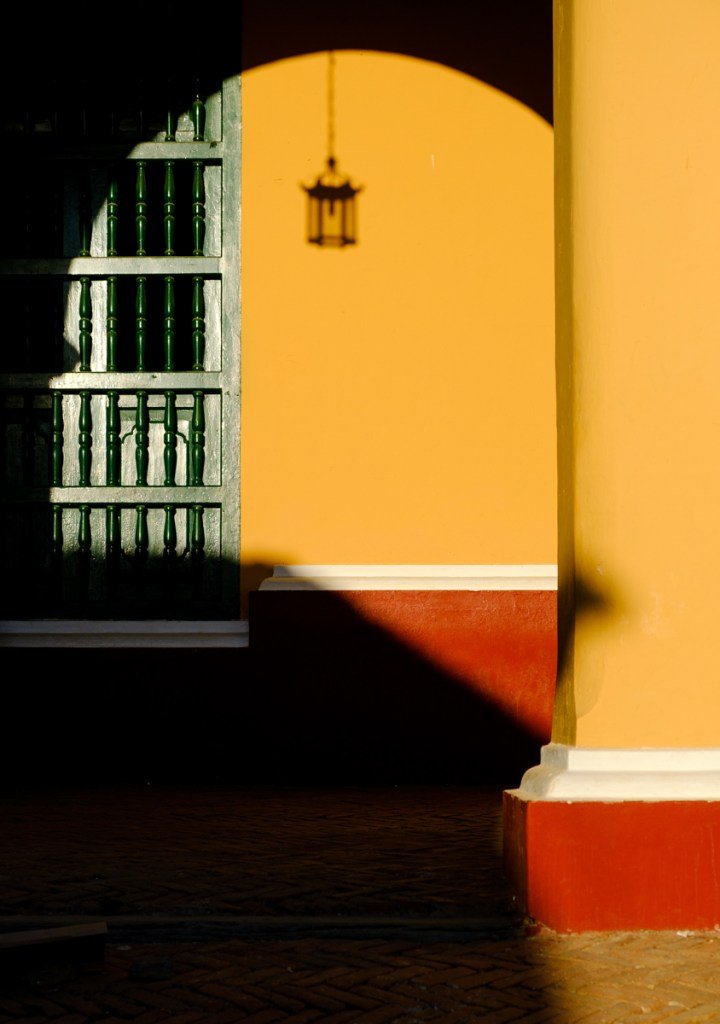What is bad light in photography, dispelling the myth
Making great photos is always about light; in fact, we know that in most cases, photographing both ends of the day could yield great results. The warm colors of an early morning or cool tones of the blue hour are undoubtedly the best time of the day to create very compelling photos.
But what happens during mid-day, when the sun is high, or if it is raining, photographers often call this “bad light.” On the contrary, I believe, there is no such thing as bad light, there is just light, and that is possible to take advantage of every situation.
As much as we want, there is no way that we can always photograph under ideal conditions, especially when traveling. Of course, a well-planned photo trip should always include photo locations and subjects during prime time, but what are you going to do during the rest of the day? Or if there is poor weather?
It’s almost guaranteed that you’ll be wandering mid-day, overcast days, or even rainy days during your travels. So, when life gives you lemons, make lemonade. Therefore, here are some tips and examples you can follow to make the most under conditions far from ideal to make photos.
High sun, mid-day light
Direct, harsh sunlight creates hard shadows that are not very flattering. As mentioned before, there is almost no way to avoid this situation during trips; you’ll be photographing under these conditions at one point or another.
Let’s say you want to make a portrait of a local. My first advice would be to talk to the person and try to move them into the shade.
If your subject is wearing a hat, you can position them in a way their faces are under the rim. The key to this is to come close enough to the person and compose your shot right into them.
My preferred alternative is to use an off-camera flash to fill the shadows. This works well in almost any scenario, and you don’t need a big flash unit. If you were on any tour with me, you probably saw me walking around with a small flash in hand. This technique is excellent to fill in shadows with light, but at the same time, it helps compensate for your background’s brightness by underexposing it.
You can also photograph street scenes under these conditions. Make sure you take advantage and learn to play with the light.
You can always use the hard shadows created by the direct sunlight to your benefit and arrange the image in a way that helps to create a compelling composition
You may have to wait for the right moment, waiting for someone to walk into your scene or merely using the shadow element intentionally as part of your photograph.
Clouds in the sky, overcast light
Having a flat, gray sky is not an ideal situation either; however, there is much you can do. In this case, contrary to the high sun, you have very soft light.
Overcast skies are great for taking portraits; the light will be even and very soft. If you get lucky, you may even encounter stormy clouds, and the effect could be almost theatrical. Again, get close to your subject.
Another technique is to avoid the sky, look for locations and activities for which the sky is not an essential element. The idea here is to simply avoid photographing it. Some excellent examples are local markets and similar local indoor activities. By the way, local markets are fun to shoot, moreover, a perfect way to connect and experience the local culture.
Nevertheless, you can also work with landscape and exterior photos during these conditions. In fact, there are some places where it’s almost impossible to avoid inclement weather, due to local characteristics you may find that during specific seasonal periods you’ll encounter misty mornings, stormy afternoons and so on. Go ahead, embrace it, and make photos. There is no better way to capture the real essence of a region the way it is.
Rainy days
Bummer! Well, maybe not. This is when most photographers stay inside; I strongly suggest for you to gear up and get out there.
I know it can be a little bit scary, especially when most photographers tend to overprotect their gear. Fear not, with some preparation, there is nothing to worry about, and you’ll get fantastic results.
I always say, “bad weather makes great photos.” When it starts to rain, good photographers still head out. Downpours bring life, a different look, and some areas are just magical under the rain. Think about photographing reflections, ponds, playing with water drops. The possibilities are endless, and the results, fantastic.
By the way, did you know that the blue hour happens every day despite weather conditions? That’s a fact, and I dig it. It could be sunny, overcast, or even raining, the best time of the day to create images happens regardless of the actual weather condition.
As you can see, good light, bad light, is just a myth. There are certainly ideal situations where you can achieve amazing photos. However, when traveling is not always possible to be out during perfect circumstances. So go ahead and take advantage of every condition; try to think about how you can leverage and utilize it to your advantage.
In the end, photography is fun, and great images can be obtained under almost any condition.










